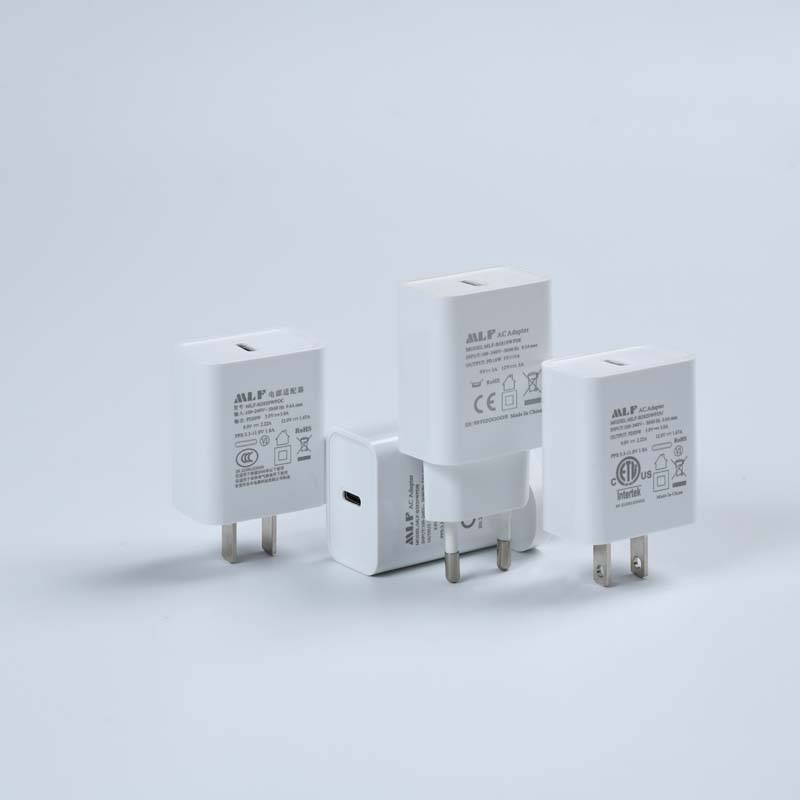Basic knowledge of various rechargeable batteries and chargers
The increasingly developed portable electronic products have higher and higher requirements for the capacity and cycle life of rechargeable batteries. At present, there are four commonly used categories, nickel cadmium batteries and lead-acid maintenance free batteries (SLA), which have been widely promoted in the 1960s, nickel hydrogen batteries and lithium-ion batteries (lithium-containing polymer batteries) These two types of batteries have only been commercialized in recent ten years. These four types of batteries have their own advantages. The following table gives a basic reference. The specific values of different battery manufacturers may vary greatly. Consult the manufacturer when using. The data in the table are only for comparison and reference (C in the table is the nominal capacity of the battery, the unit is ah (ampere hour), and a represents the charging constant current.).
| Comparison items | Lead acid maintenance free battery | Nickel cadmium battery (NiCd) | Nickel metal hydride battery (NIMH) | Lithium ion battery (l-ion) |
| Energy density (WH / kg) | 30 | 40 | 60 | 100 |
| Cycle life (Times) | 300 | 800 | 500 | 800 |
| Operating temperature (℃) | 0~35 | 0~45 | 0~40 | 0~50 |
| Maximum charging current (a) | 0.25C | 2C | 1C | 1C |
| Charging mode | Constant voltage after constant current | constant current | constant current | Constant voltage after constant current |
| Charging time (hours) | C/A+2hours | C/A+20% | C/A+20% | C/Ax2 |
Of course, people hope that the charger can be charged in a short time, but due to the large current and difficult control, it has a certain cost in terms of cost and technology. If the service conditions allow, choosing the night slow charging charger after charging for about 10 ~ 14 hours will have the advantages of low price, small volume and so on.
For SLA batteries used in parallel on-line, it is recommended to use 2.27v/unit (13.7v for 12V batteries). This scheme will not overcharge the battery, but also help stabilize the equipment voltage. For occasions where SLA batteries are often used for off-line charging and discharging, use 0.2C constant current first, and then 2.45v/unit constant voltage. After the battery is charged, enter the "Three-stage" mode of 2.27v/unit constant voltage immediately Charging method. The whole charging time is about 8 to 10 hours.
NiCd battery allows a certain current overcharge, so it is economical to choose a simple constant current source charger with a current of 0.1C.NiMH battery is sensitive to overcharge, i.e. use a current of 0.1C. If it is charged for more than 14 hours or continue to charge the charged battery for several hours, it will cause great damage to the service life of the battery. When the battery is charged, it is very important to turn off the current in time or reduce the charging current below 0.02c, even for 0.1C night slow charging NIMH charger.

There have been many successful cases of intelligent fast chargers with a maximum charging current of about 2C. Generally, such chargers must monitor battery voltage, temperature and other parameters at all stages of the charging process, and automatically reduce the charging current rate when the battery is about to be fully charged, so as to minimize the risk of over temperature and over voltage caused by battery overcharge.
The charging characteristics of NiCd and NiMH batteries are very similar, except that NiMH batteries generate more heat and the peak voltage is less obvious during charging. Both types of batteries adopt one of the following conditions as the conditions for the termination of fast charging: voltage rise slope (DV / DT), negative voltage growth (- DV) and battery temperature rise slope (DT / DT). Three other conditions are set to operate under abnormal protection conditions: the maximum battery temperature, the maximum battery voltage and the built-in timer of the charger. To realize these monitoring and intelligent switching actions, the cost of the charger must rise. However, without these measures, the battery will face safety problems such as reduced capacity, reduced cycle life and even liquid leakage explosion Hidden danger
The charging methods of Li-ion and SLA batteries are similar, and both require constant current and then constant voltage. The difference is that lithium-ion batteries require high voltage accuracy in the charging constant voltage stage (< 1%).